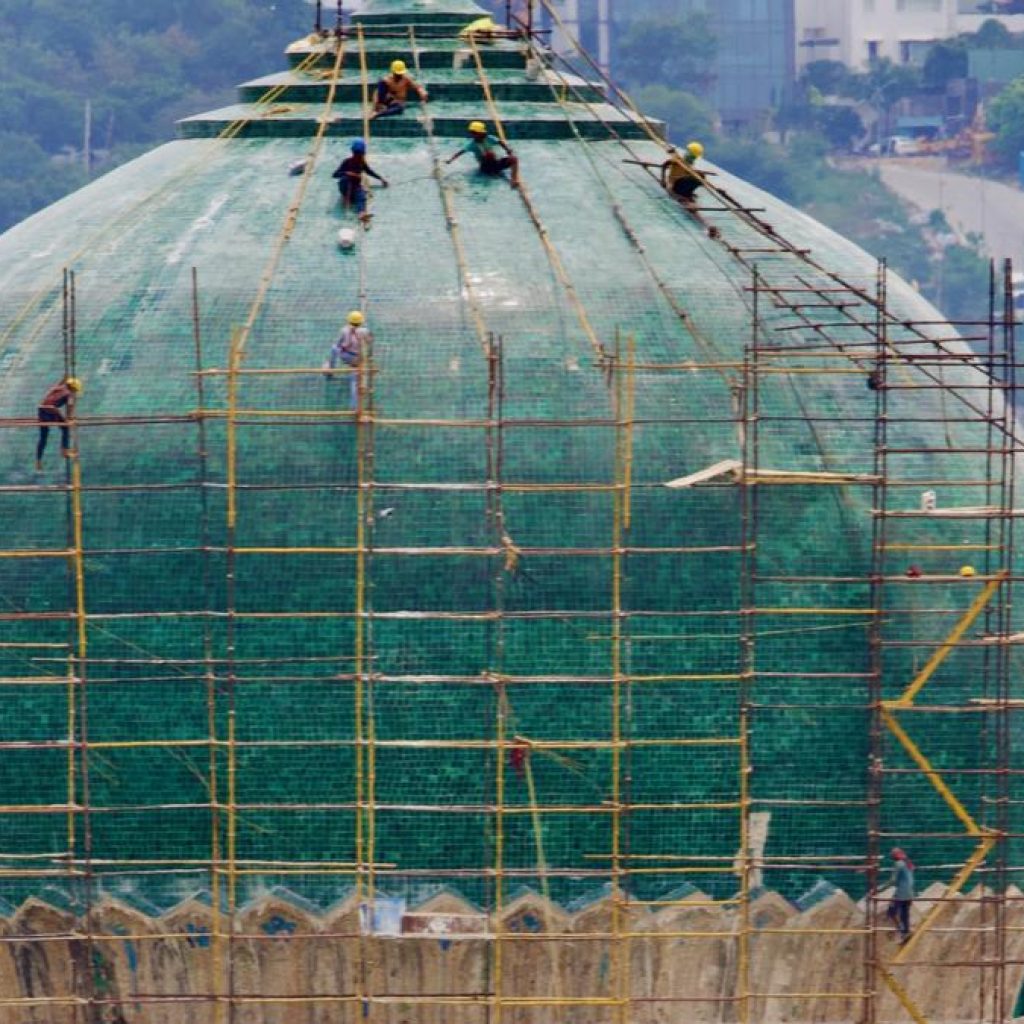Nestled at the foothills of Golconda Fort, the dome of Muhammad Qutb Shah’s mausoleum has regained its former glory with the restoration of its green glazed tiles. This effort led by the Aga Khan Trust for Culture (AKTC), with support from IndiGo Reach and in partnership with the Department of Heritage Telangana, marks a significant milestone in preserving Hyderabad’s rich architectural heritage.Unlike the other mausoleums in the park, Muhammad Qutb Shah’s tomb preserved sufficient original tile patterns and fragments to facilitate the thorough restoration process.
“This meticulous process involved painstaking research, documentation and traditional techniques to revive the art of tile making,” read the Instagram post by the official handle of Qutb Shahi Heritage Park.
The original 16th-century tiles, despite their weathered condition and lost glaze, have been carefully retained on the monument.
“The successful restoration of the dome’s tilework is more than just an aesthetic achievement. It significantly enhances our understanding of Qutb Shahi architectural styles and decorative preferences. This helps us gain a deeper appreciation for the artistic sensibilities of this remarkable dynasty,” the post further stated.
Muhammad Qutb Shah, who ruled from 1621 to 1625, was both the nephew and son-in-law of Hyderabad’s founder, Mohammed Quli Qutb Shah. His mausoleum is part of a larger complex that includes forty mausoleums, twenty-three mosques, five baolis (step-wells), a hammam, pavilions, and various garden structures. These structures are currently undergoing restoration by the AKTC.
Source: telanganatoday.com




